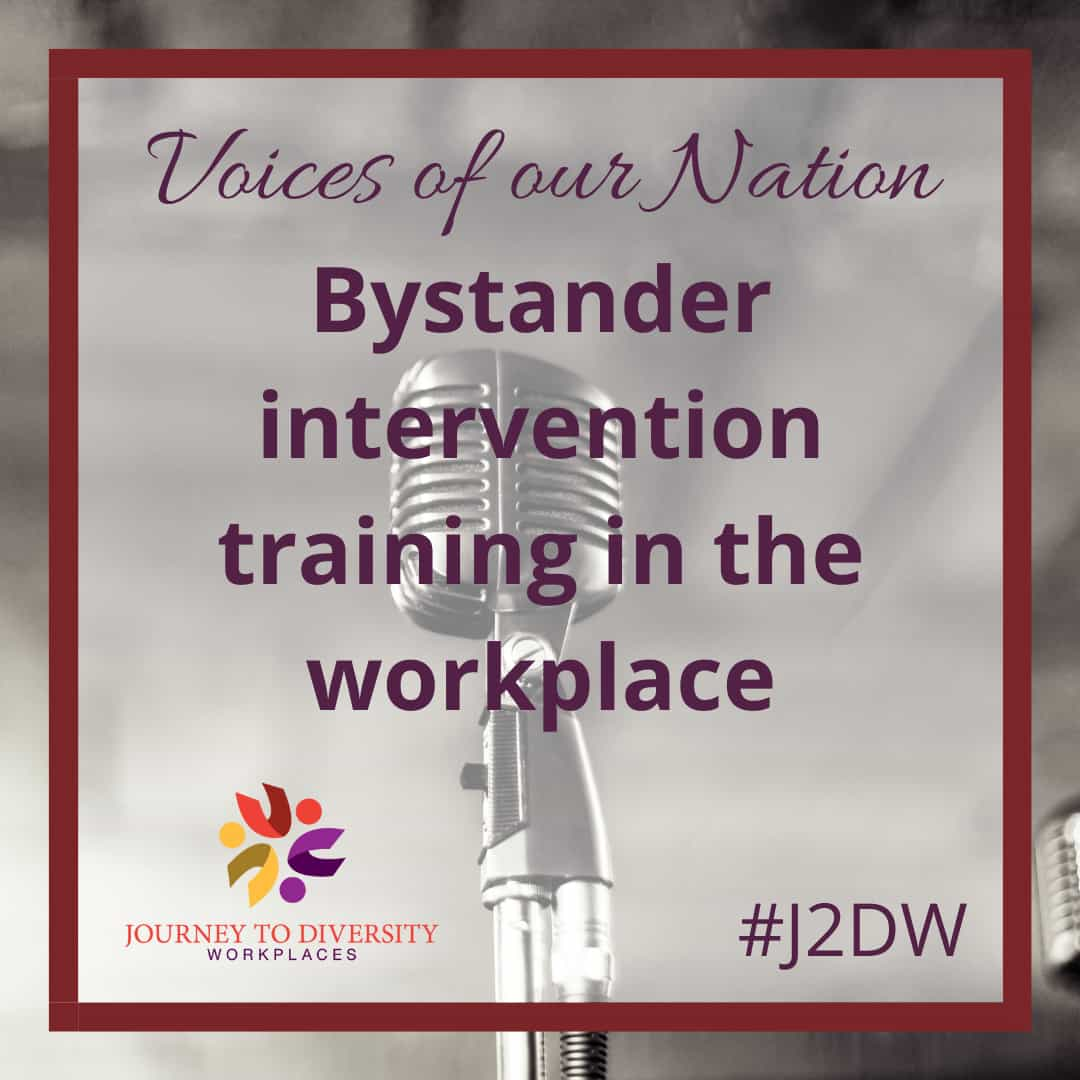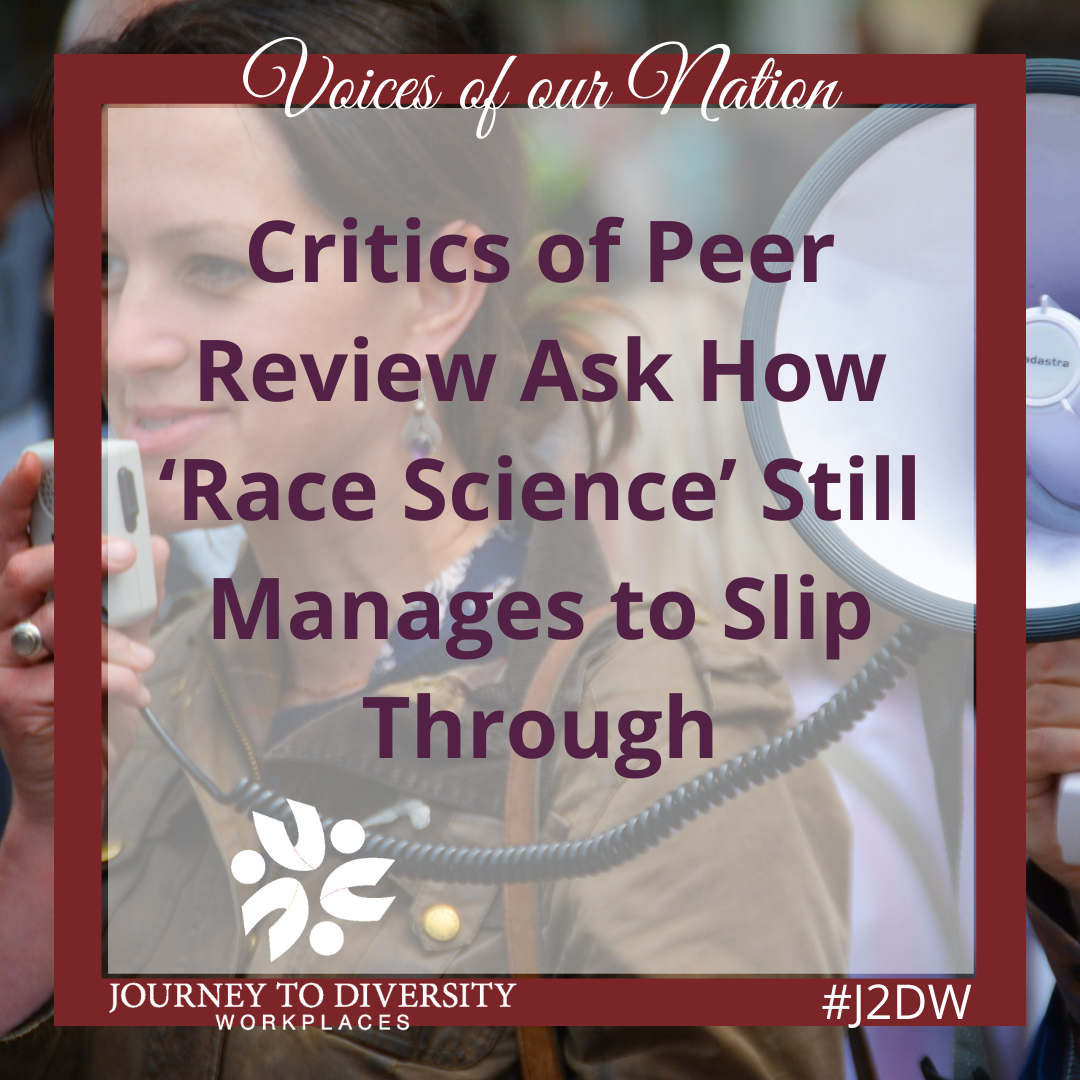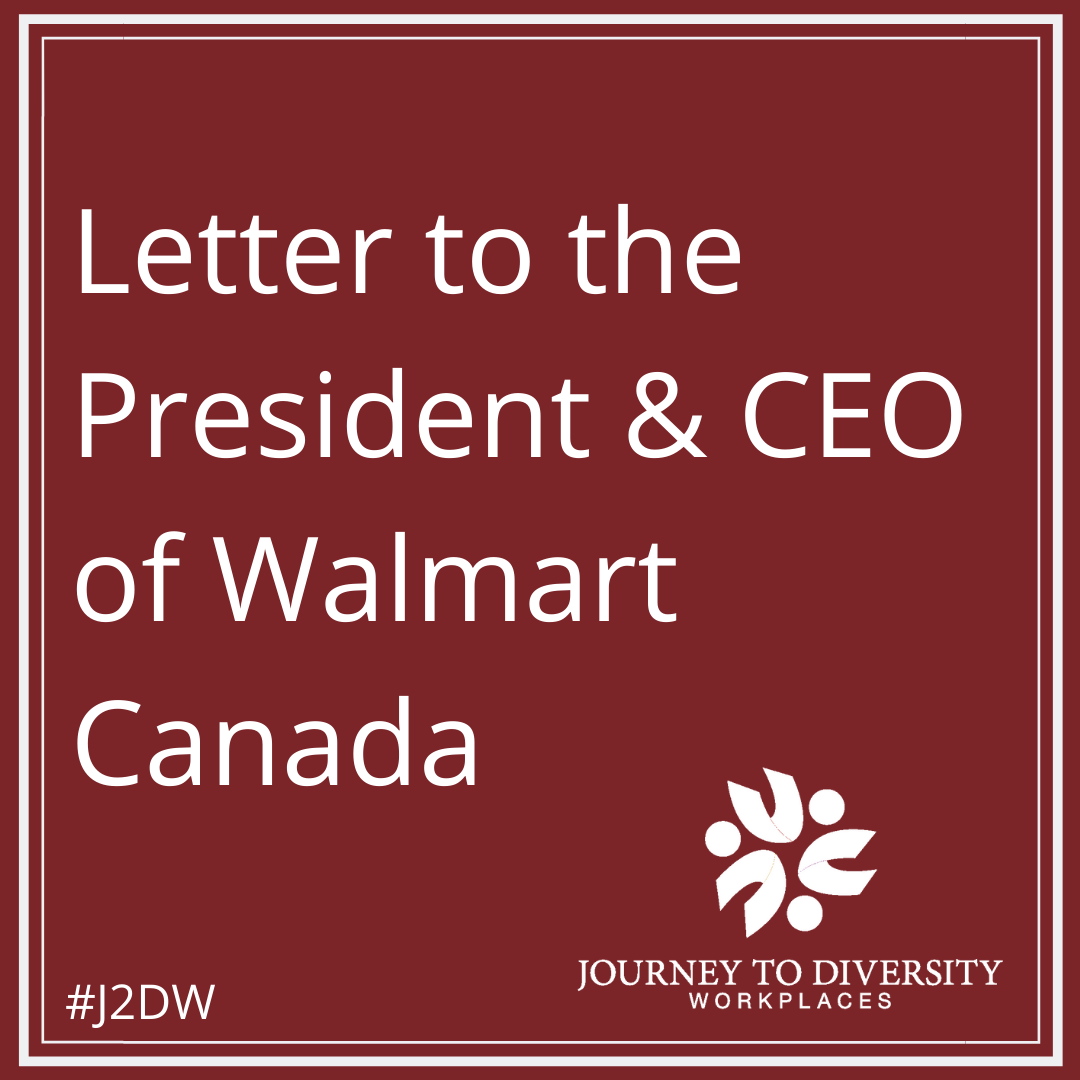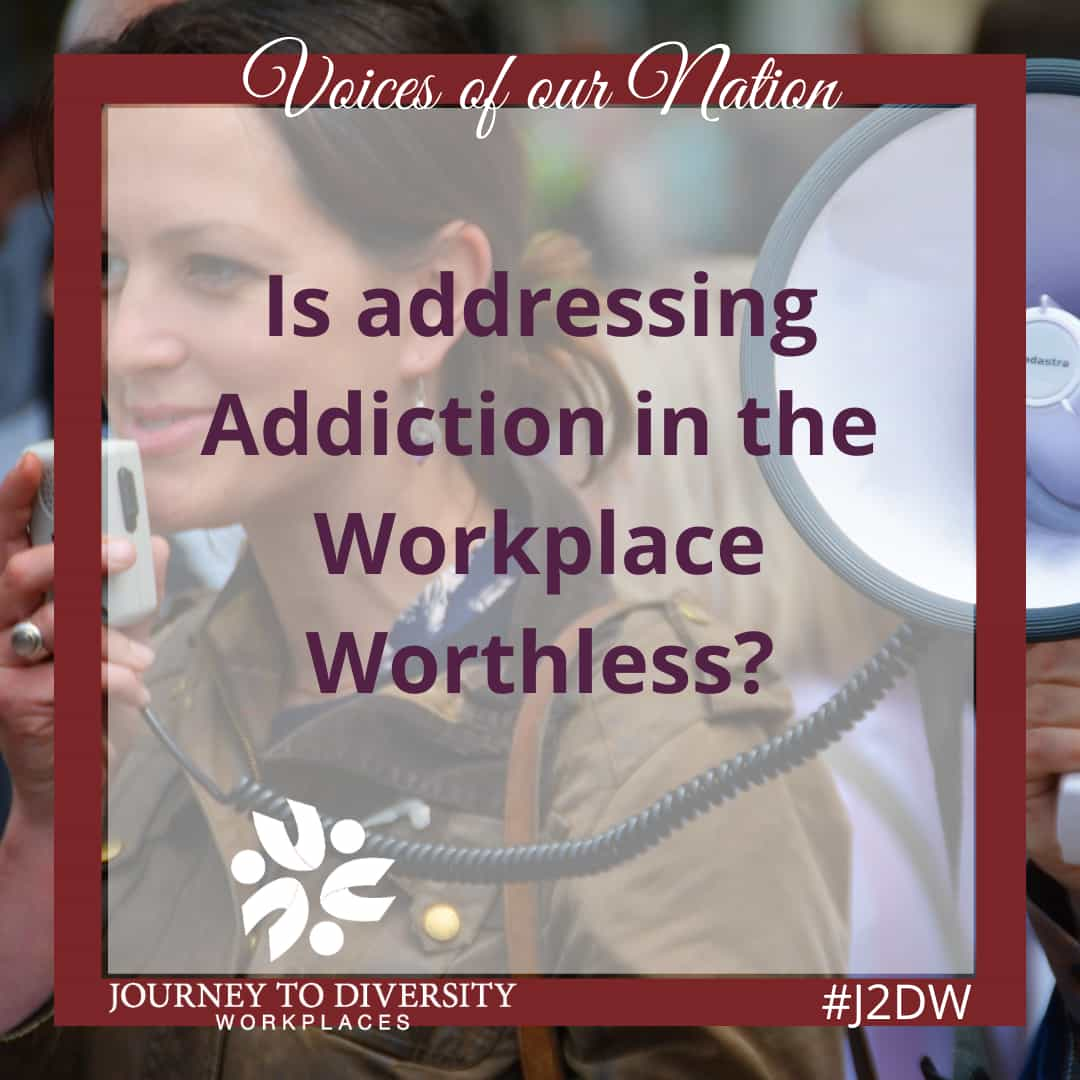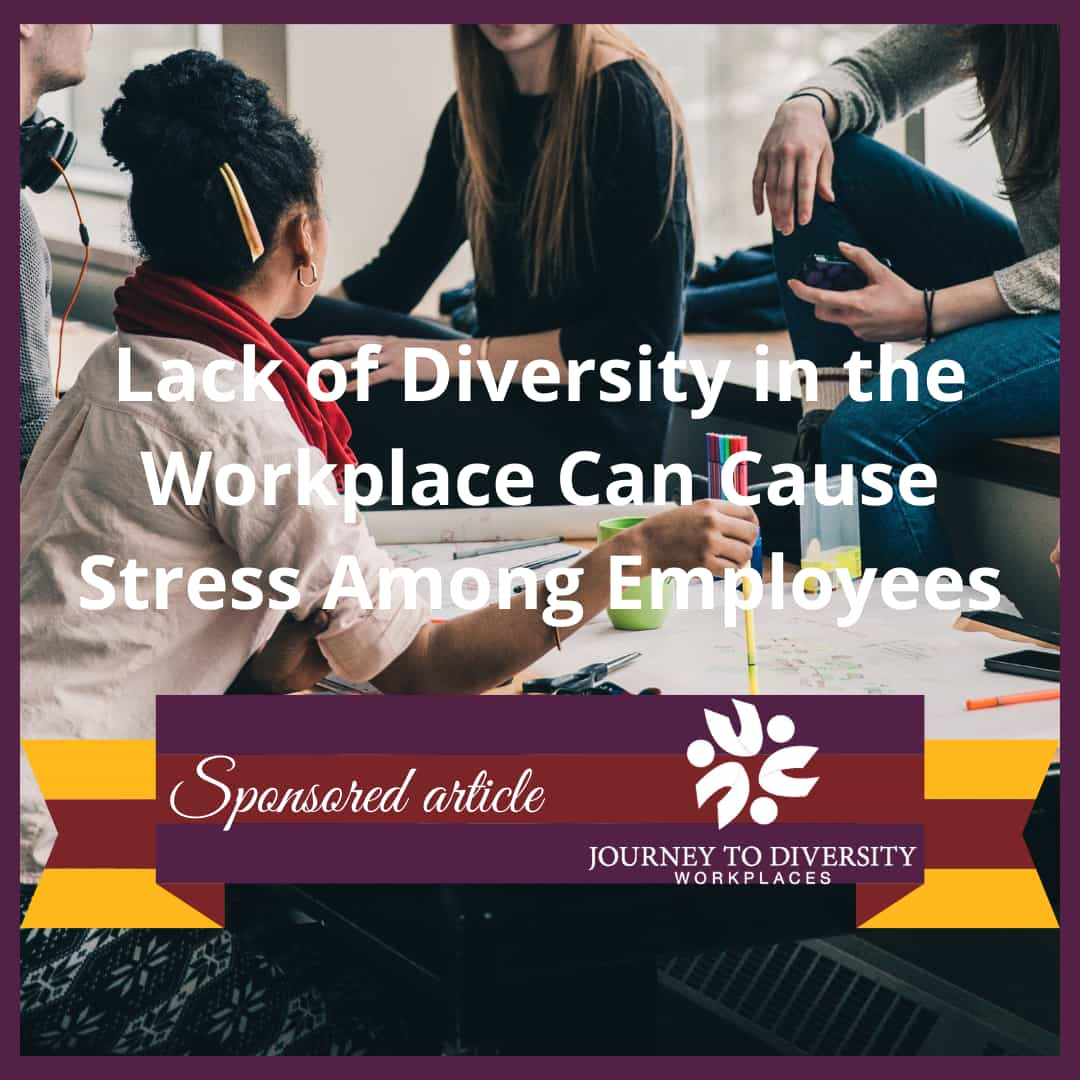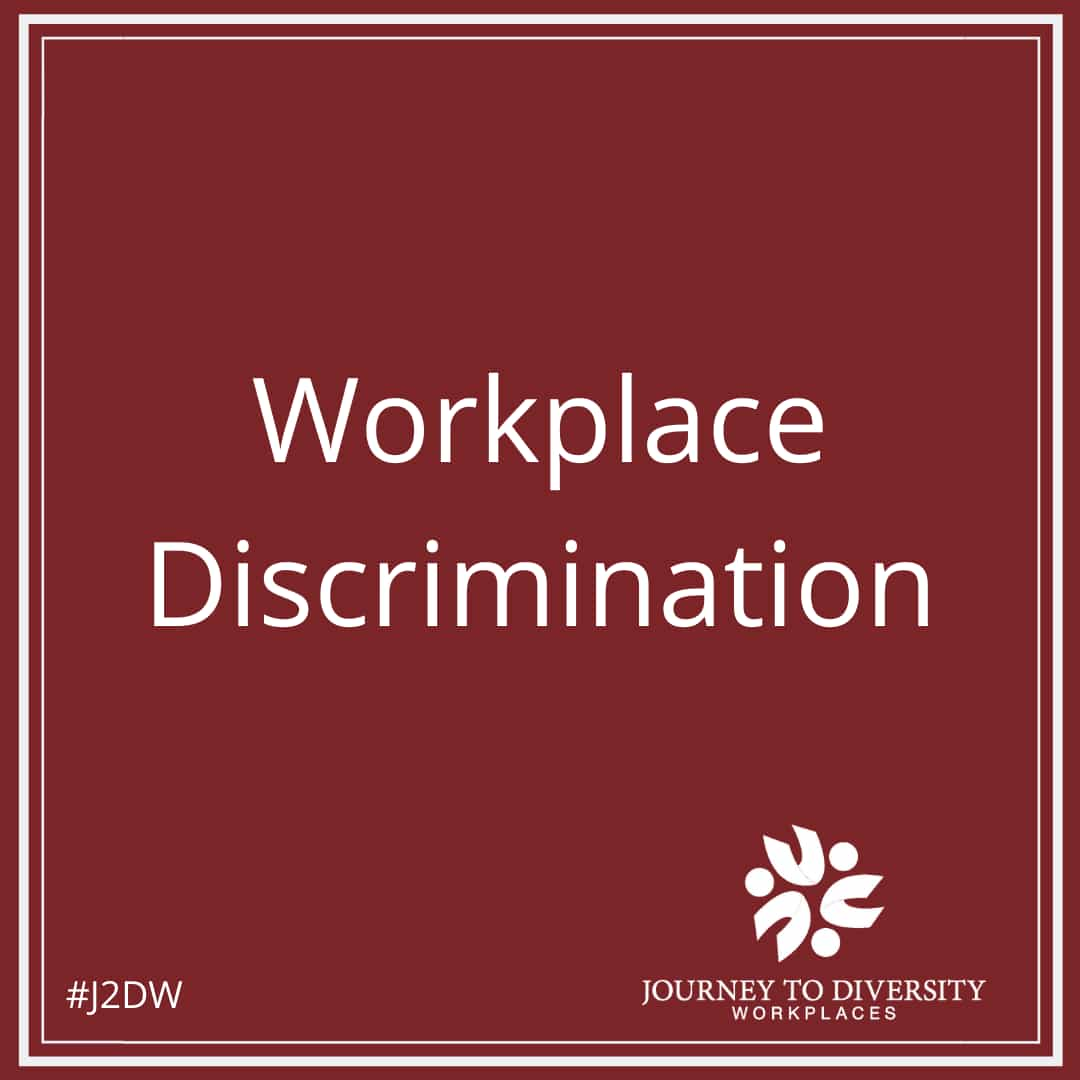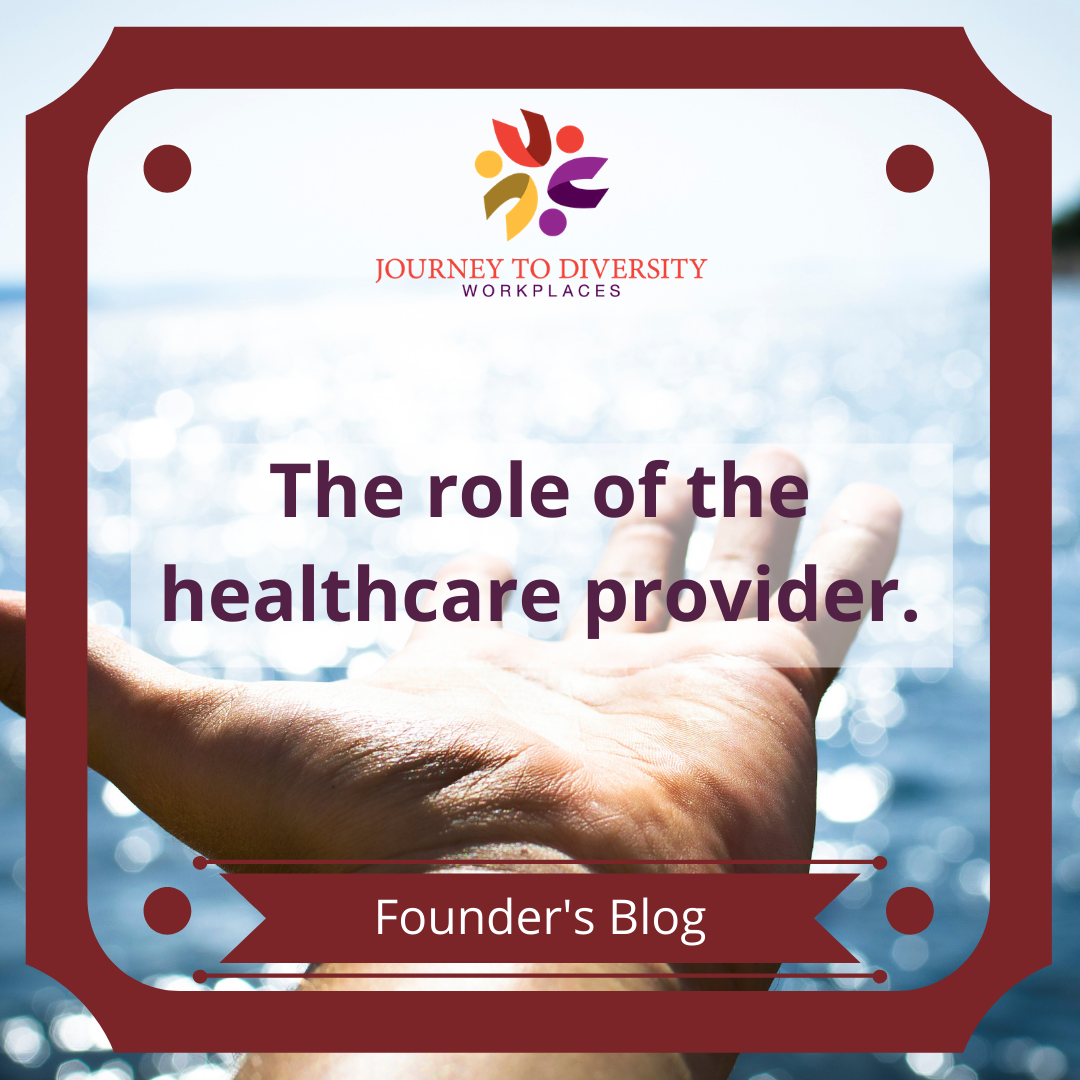It should be clear that someone in a leadership position in the workplace has the responsibility of ensuring a harassment-free environment. Allowing sexual harassment to flaunt its presense in a business setting through forms of inappropriate remarks and touching will lead to a drop in employee morale and lower productivity.
But what happens if Bill, a respected CEO, wrongfully chooses to harass Anastasia, a regular employee verbally or even physically? Anastasia feels extremely uncomfortable, but who does she report this to? Since Bill is the head of the company, she may face consequences such as a termination of her contract because frankly, anybody she tells is situated below Bill on the company totem pole and may face the same consequences if they choose to pursue the case. This is where the issue of equity and privilege diversification comes into play, but it is also where the solution of Bystander Intervention Training redeems its moral. Statistics are quite unsettling when it comes to this topic, and according to Statistics Canada 2020, one in four woman, and one in six men reported an act of sexual misconduct in the workplace (Statistics Canada 2020).
Having to endure forms of harassment simply because of your race, religion, gender, disability etc. is dehumanizing and can impact the lives of victims in many ways outside of work. Bystanders are everywhere, and are often our coworkers. Most people who witness an act of harassment surely want to help, but fear the consequences from those higher up. Bystander Intervention Training prepares employees to muster up the courage to report the case, become more educated on the different forms of harassment, and even provides people with the ability to form a team of employees/bystanders to pursue the case within board examination, something that would normally be impossible to fight alone.
The first thing that Bystander Intervention Training serves to convey is the ideology that both women and men experience sexual harassment in employment daily. However, a majority of fields are dominated by men, so women tend to be more vulnerable to these acts. The idea that men can and do face sexual harassment is not something that should be swept under the rug in any respect, but if we look at in-demand fields such as engineering, construction, policing etc., men are overwhelmingly the dominant presence.
Now, why are women more susceptible to these acts, you may ask? Women tend to have lower paying salaries, and lower authority which often comes with being seen as having a lower status among coworkers. While times are changing, if we compare the number of men vs women in director or CEO positions, men will unfortunately still reign dominant, and long story short, women usually have to work under men with more elite positions . A common myth often associated with women in positions of higher authority is that a woman must have slept her way to the top. A stereotype like this portrays that woman in a sexual manner, one in which her coworkers may start to frown upon her despite this being a rumor.
Bystander Intervention training emphasizes the importance of utilizing the Human Rights Code in the Workplace, which states that “every person has the right to be free from unwelcome advances or solicitation in employment” (Human Rights Code). Employees who have witnessed someone in their workplace being taken advantage of, either physically or verbally, have the legal right to report the incident to their company’s Board of Directors without facing any punishment from anyone “higher up” than the individual who reported the case or the individual who was assaulted. If punishment is carried out, that individual would be breaching the guidelines of the Human Rights Code and may face greater consequences. It is very important for employees to know their rights, and to know how they are protected in the process. Bystander Intervention Training therefore encourages employees to raise their voices without fear. In this way, the training debunks the “bystander effect” which serves to discourage employees from intervening with the problem, and is often the form of authority the assaulter chooses to pursue.
Bystander Intervention Training’s main focus is on the 5 D’s, and how all five of these terms can be implemented in a situation of distress.
The first D, “Direct”, encourages a coworker to directly voice their dissatisfaction with a suspected assaulter. This may look like Veronica approaching Bill and saying something along the lines of “Hey, I overheard your conversation with another employee about Anastasia’s new leadership position and how she must have done something sexual to get that spot. That is not something any of us tolerate in this type of environment.”
The next D, “Delegate”, preaches the importance of assistance. Veronica may not feel comfortable approaching Bill alone, so she calls over Max and informs him of what she witnessed or overheard. Together, Veronica and Max approach Bill and confront him.
The third D, “Delay”, means that you as a bystander should always comfort a victim immediately after the incident to show you are a coworker who cares about their well-being. If Anastasia was sexually assulted and Veronica witnessed it, Veronica should immedialty intervene and make sure that the surroundings are safe for Anatasia after the incident, ensuring nothing else happens. Be there for her, and report the incident immediately.
“Distract” is the next D, and this refers to not approaching the situation “willingly”. I put willingly in quotations here because if Veronica suspects that Anastasia might be at risk, Veronica should distract Bill by asking for help with a project, or introducing him to a potential new client. While Bill turns his attention away from Anastasia, Veronica and Anastasia can report the incident. If Bill suspects Veronica may know about what he has done, the situation could escalate and become dangerous for Veronica as well .
The final D is “document”. It is just as straightforward as it sounds. If Max already became involved in an attempt to de-escalate the problem but things still become increasingly intense, Veronica should pull out her phone and record the situation so proper evidence may be used.
Bystander Intervention Training is something that I find extremely helpful, not just in workplaces but also in schools and home environments. Workplaces that have not yet implemented this training should do so immediately. I will see everyone in the next post!
Sources
5DS: Direct, delegate, Delay, distract and document. Wilfrid Laurier University. (n.d.). Retrieved July 23, 2022, from https://students.wlu.ca/student-life/diversity-and-equity/assets/resources/5ds-direct-delegate-delay-distract-and-document.html
Bystander intervention in the workplace. Rubin Thomlinson. (2021, May 26). Retrieved July 23, 2022, from https://rubinthomlinson.com/bystander-intervention-training/
Government of Canada, S. C. (2021, August 12). In 2020, one in four women and one in six men reported having experienced inappropriate sexualized behaviors at work in the previous year
. The Daily – . Retrieved July 23, 2022, from https://www150.statcan.gc.ca/n1/daily-quotidien/210812/dq210812b-eng.htm
This article was written by summer student Bayden Summers and edited by summer student Ilesha Prabhudesai. This article was funded by the Government of Canada.

